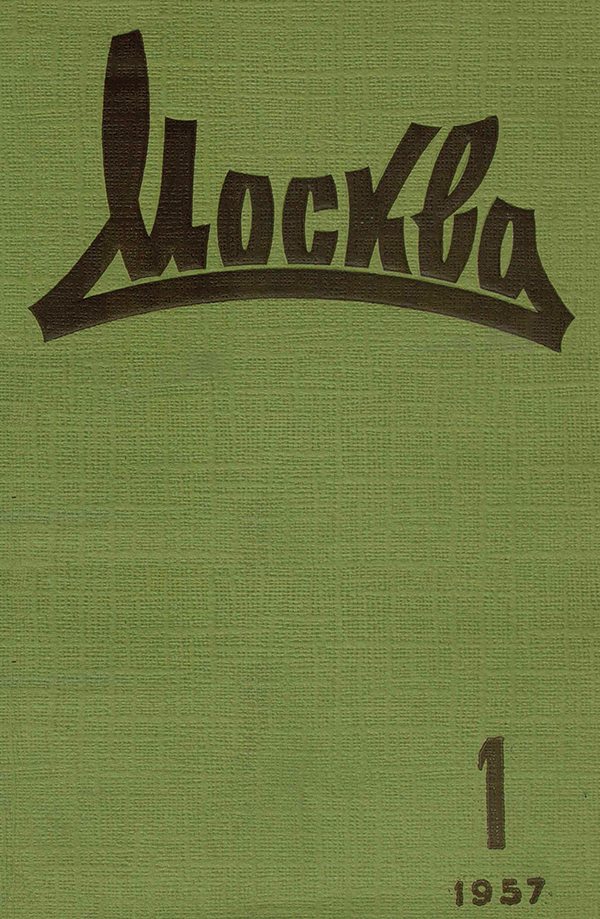Moskva Digital Archive
Key publication chronicling nearly 70 years of Russian literary and cultural development
The Moskva (Москва, Moscow) Digital Archive presents a comprehensive digital collection of one of Russia’s most influential “thick journals” (thick journals) that has shaped the cultural life of Soviet and Russian society since 1957. This meticulously digitized archive captures nearly 70 years of Russian literary and cultural development. Moskva stands among the prestigious thick journals of Russia and the USSR that defined the intellectual landscape of their time. The journal has consistently published works by contemporary writers, including prose, poetry, journalism, and criticism.
Moskva holds particular historical significance as the first publisher of Mikhail Bulgakov’s masterpiece “The Master and Margarita” and Nikolai Karamzin’s monumental work “History of the Russian State.” Its pages have featured outstanding works of Russian literature by authors such as Bunin, Sholokhov, and Yulian Semyonov, alongside acclaimed international writers including Antoine de Saint-Exupéry, Ernest Hemingway, and William Faulkner.
Uniquely among thick journals, Moskva maintains a section called “Home Church,” which introduces readers to religious values. The journal has served as an intellectual anchor for the intelligentsia, helping to bridge the spiritual divide between past and future. Today, Moskva continues to articulate the ideological doctrine of modernity, uphold Russian ideas, explore traditions of Russian thought, and carefully preserve the excellence of the Russian literary language.
